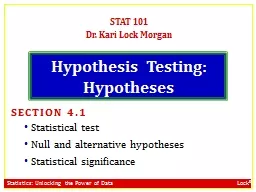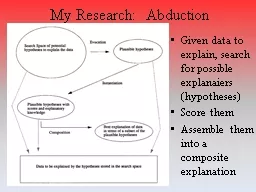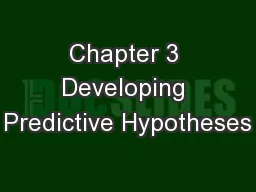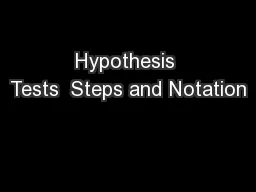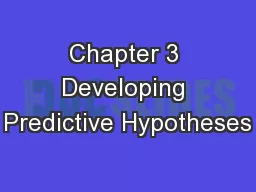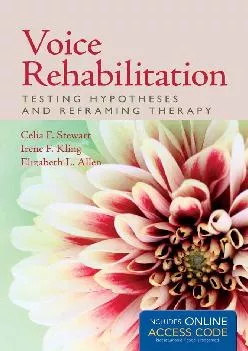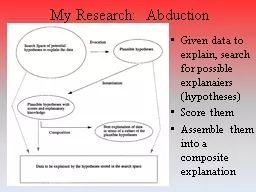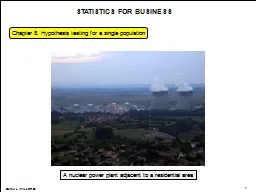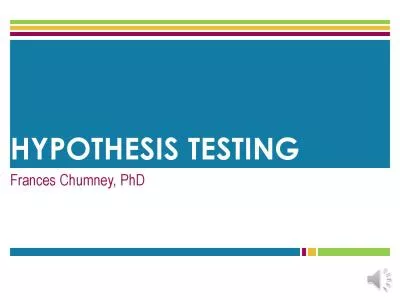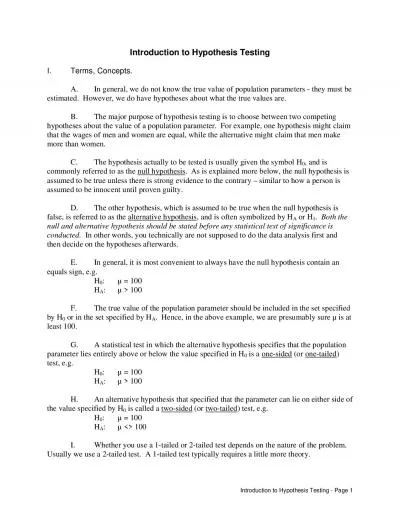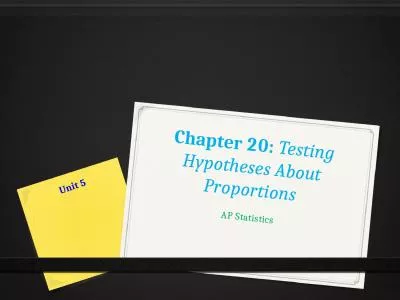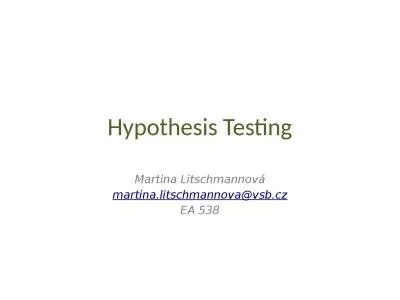PPT-Hypothesis Testing: Hypotheses
Author : olivia-moreira | Published Date : 2017-05-04
STAT 101 Dr Kari Lock Morgan SECTION 41 Statistical test Null and alternative hypotheses Statistical significance Review of Last Class The standard error of a
Presentation Embed Code
Download Presentation
Download Presentation The PPT/PDF document "Hypothesis Testing: Hypotheses" is the property of its rightful owner. Permission is granted to download and print the materials on this website for personal, non-commercial use only, and to display it on your personal computer provided you do not modify the materials and that you retain all copyright notices contained in the materials. By downloading content from our website, you accept the terms of this agreement.
Hypothesis Testing: Hypotheses: Transcript
Download Rules Of Document
"Hypothesis Testing: Hypotheses"The content belongs to its owner. You may download and print it for personal use, without modification, and keep all copyright notices. By downloading, you agree to these terms.
Related Documents

